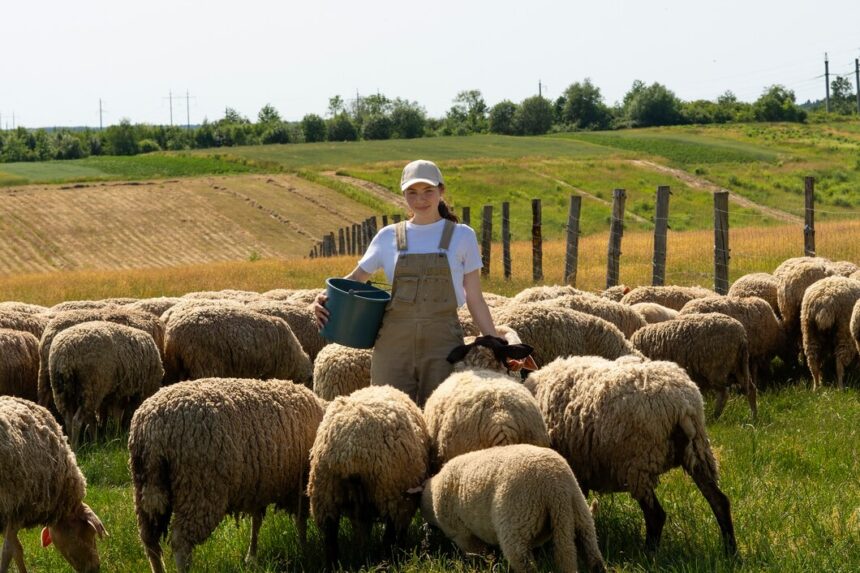Integrating livestock and crops on a small farm is one of the most effective ways to improve productivity, reduce costs, and create a more resilient agricultural system. In South Africa, where smallholder farmers often face limited resources, changing weather patterns, and high input costs, combining crop production with livestock farming offers practical and sustainable benefits. When done right, it can enhance soil fertility, diversify income sources, and create a natural balance between different farm activities.
The foundation of successful integration lies in careful planning. You need to consider the size of your land, water availability, climate, and the type of crops and livestock that suit your region. For example, in KwaZulu-Natal and parts of the Eastern Cape, where rainfall is more consistent, you can manage both maize and cattle on the same land with rotational use. In drier regions like the Northern Cape or parts of Limpopo, integrating goats with drought-resistant crops like sorghum or millet may be a more viable option.
One of the simplest ways to integrate livestock and crops is to use crop residues as animal feed. After harvesting maize, sorghum, or beans, the leftover stalks and leaves can be used to feed cattle, goats, or sheep. This reduces the cost of purchased feed while making full use of available biomass. In turn, the manure produced by the animals can be collected, composted, and returned to the fields as organic fertiliser. This natural recycling process enriches the soil with nutrients and reduces reliance on chemical inputs.
Rotational grazing is another powerful technique. Livestock can be rotated through fields after harvest to graze on crop residues and naturally fertilise the soil. This system breaks pest and disease cycles while improving soil structure. On the other hand, fields that are fallow or resting can benefit from cover crops like cowpeas or lucerne, which not only improve soil health but also serve as additional fodder for livestock.
Proper fencing and paddock systems are essential to avoid overgrazing and damage to growing crops. Dividing your land into sections allows you to move animals strategically, giving grass and crops time to recover. With small land sizes, even basic movable fencing made of posts and wire can be effective.
Water management is another important consideration. Shared water points should be placed where both crops and animals can benefit, but without contamination. Constructing water troughs for livestock and using drip irrigation for crops can maximise efficiency and reduce wastage.
Pest and weed control also improve with integration. Chickens and ducks, for instance, can be introduced into crop fields after harvest to eat insects and weed seeds, providing natural control while supplying eggs and meat. Similarly, grazing animals can reduce bush encroachment and help manage weeds in crop fields before planting.
Market access and timing play a key role in profitability. While crops may have one or two main harvests a year, livestock can provide more regular cash flow through milk, eggs, or occasional animal sales. This steady income helps small farmers manage risks and reinvest in farm improvements.
Training and collaboration can make integration even more successful. Working with local cooperatives, extension officers, or farmer field schools can provide access to new techniques, inputs, and market information. Many small-scale farmers in South Africa have improved their productivity by sharing knowledge and resources with others in their communities.
Integrating livestock and crops is not just about saving money or increasing output. It’s about building a sustainable, efficient farm that works in harmony with nature. For small South African farms, it offers a practical path to resilience, better food security, and long-term success. With thoughtful planning and a willingness to learn, any farmer can start making the most of what their land has to offer.
Join 'Farmers Mag' WhatsApp Channel
Get the latest Farming news and tips delivered straight to your WhatsApp
CLICK HERE TO JOIN






